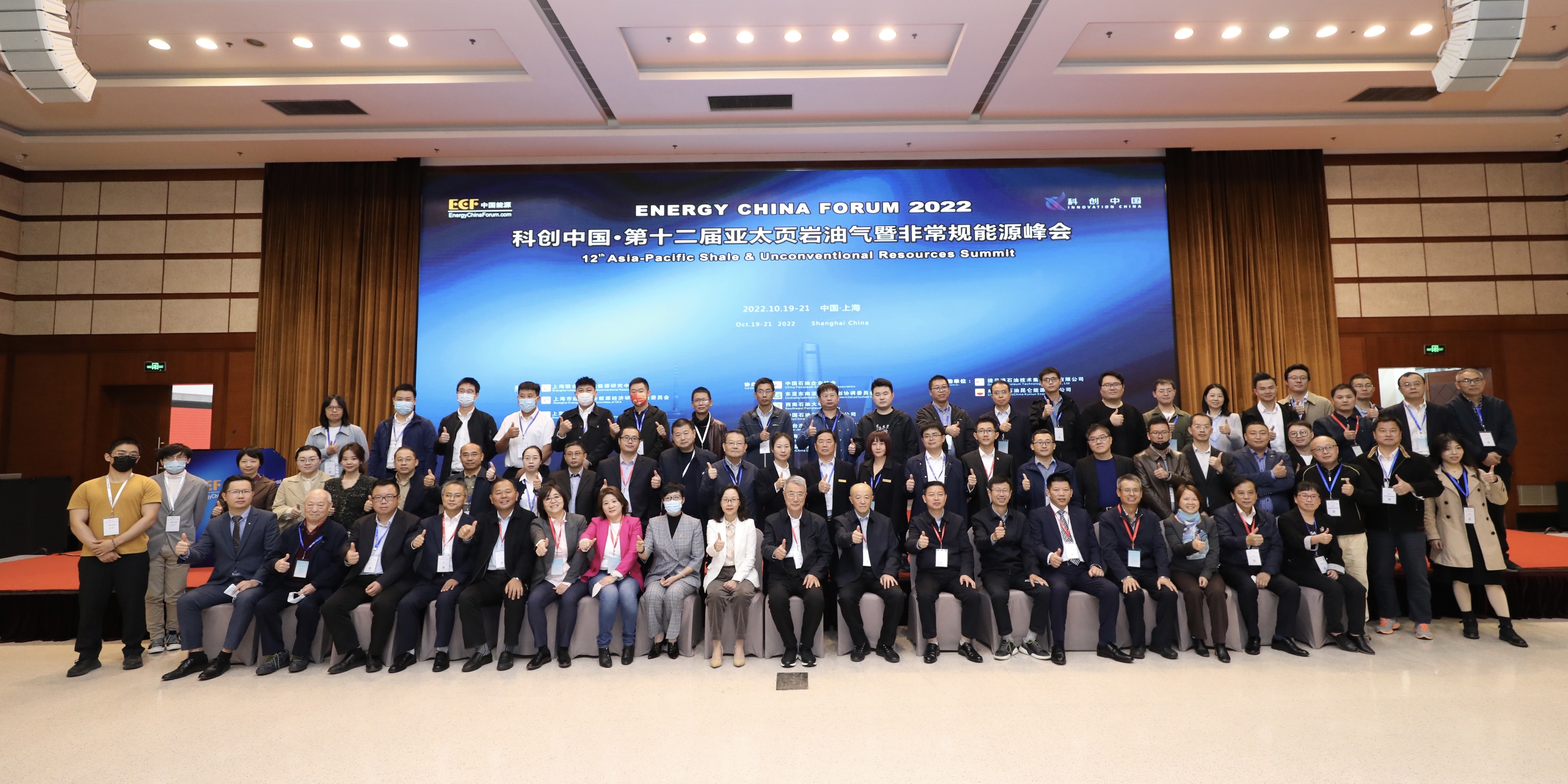Home
News, Data & Reports
Industry News
Tuoha Oilfield Advances Ultra-Deep Heavy Oil Project Toward 10-Million-Ton Goal
Tuoha Oilfield Advances Ultra-Deep Heavy Oil Project Toward 10-Million-Ton Goal
Log in or register to continue reading this article,Log in
Disclaimer: The above content was edited by Energy China Forum (www.energychinaforum.com), please contact ECF before reproduce.
Related News




